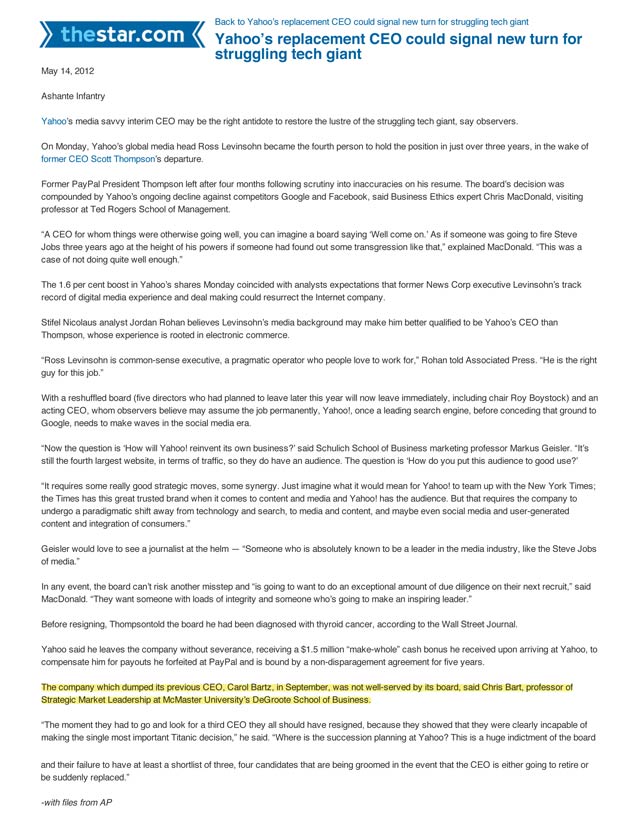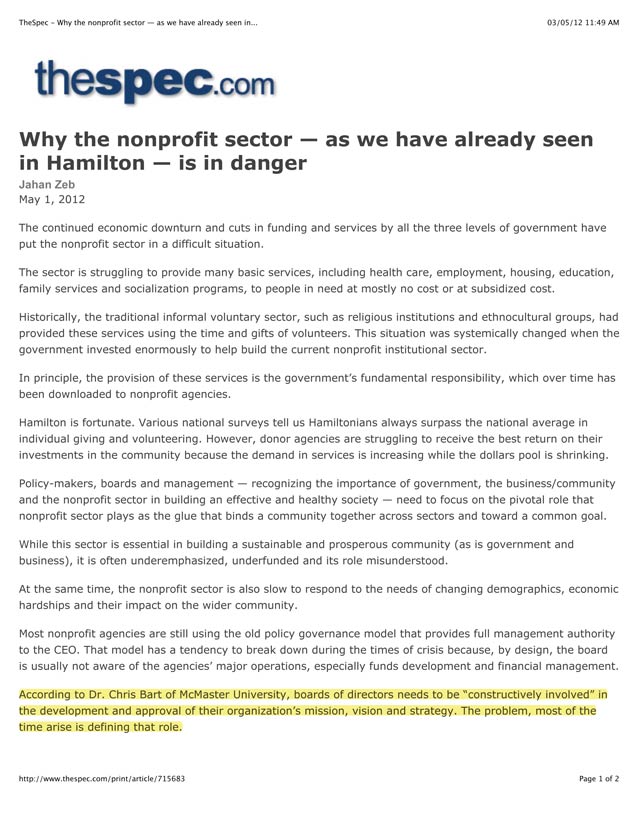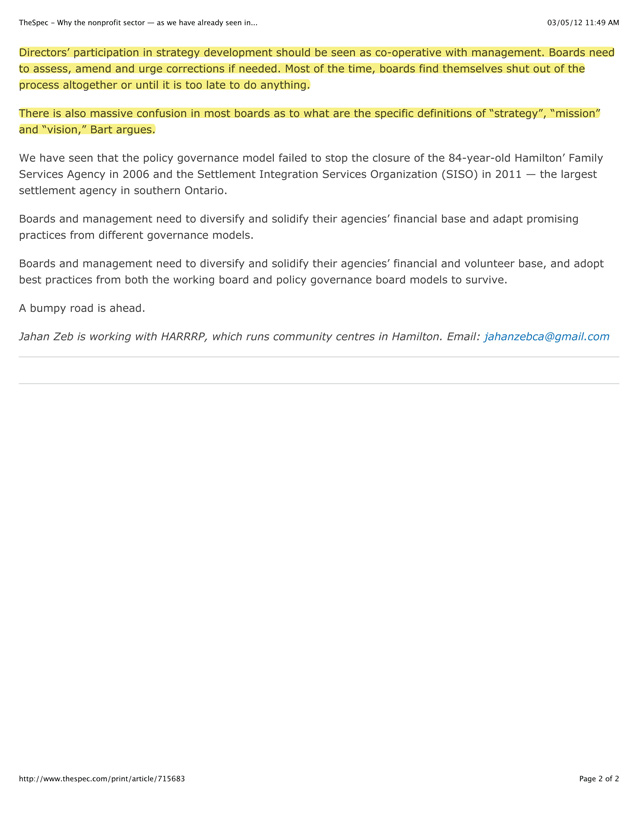LESSON 7. Lead By Example
Finally, there is no question that if senior managers want the best performance out of their employees, they must perform well themselves. Every action must reflect the priorities they want their staff to emulate. Leaders should take no actions without judging how others will interpret them or without assessing the impact those actions will have on others.
I know of one CEO who, on his first day on the job, asked for a pencil holder for his desk. His secretary showed up several hours later with a really spiffy looking one – obviously manufactured specifically to grace the desk of some grand poobah. When he found out how much it cost, the CEO immediately ordered her to take it back and get him a coffee cup for his pencils. By the end of the day, the story had spread like wildfire through the 400-person organization. “You could be sure that I didn’t get any gold-plated proposals after that happened,” he remarked to me months later.
Understanding the effects of your actions on your company is essential to long term success. Leading by example becomes the means by which younger, aspiring members can acquire wisdom and learn what they need to get ahead, to be respected, and to get rewarded. More importantly, leading by positive example helps to create, instill, and reinforce a company value system that will continue to influence lower level manager behaviors long after the leader has died (Thomas Watson at IBM; May Kay), retired (Alfred Sloan at General Motors), or simply moved farther away from the grassroots operations as the organization grows (Phil Knight at Nike).
Senior managers, therefore, need to recognize that subordinate managers are watching them closely and are eager to follow the direction and example of their superiors. In the corporate context, imitation becomes more than just flattery: it is the essence of learning.
Before you can learn any new lessons, it’s important to first master the old ones. Beware the consultant or guru bearing the latest flavor-of-the-month management wisdom. The seven lessons I’ve presented here have shown, in my experience, to be the most important for continued organizational success. By mastering and using them, many of the problems organizations face would either be drastically diminished or eliminated.
I challenge you to test your own management practices against these lessons as an indicator of your firm’s current and future performance. Good luck!


